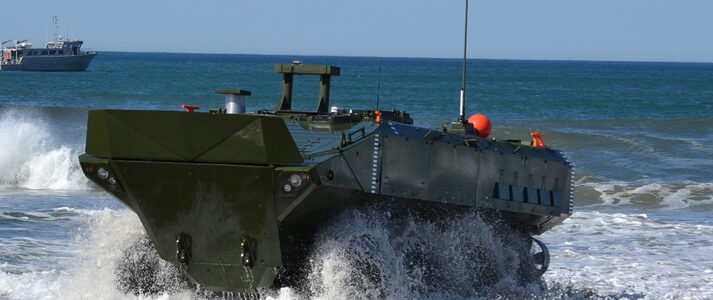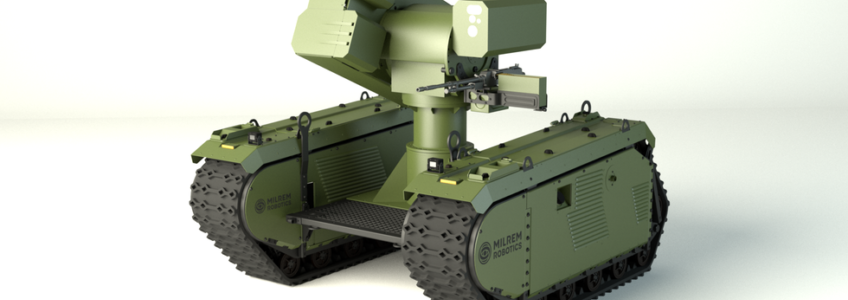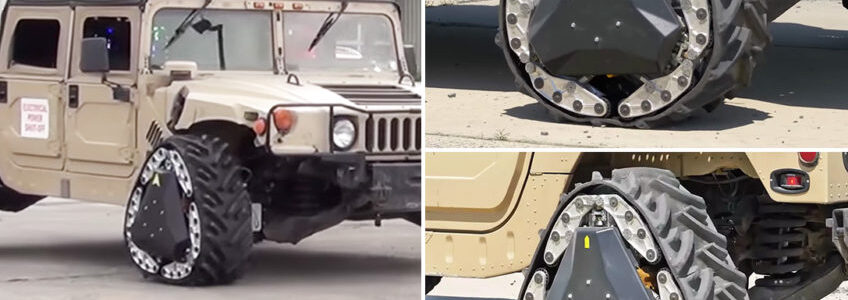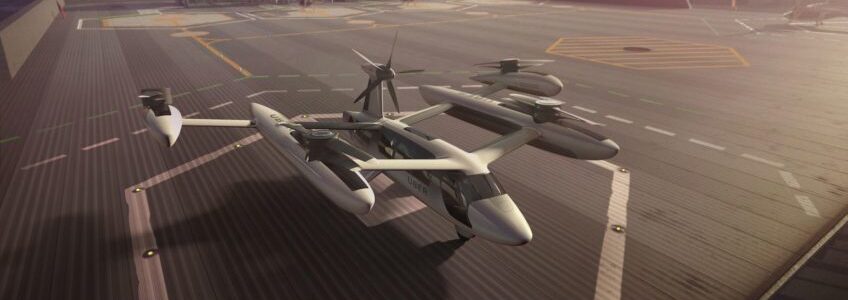Developing ultra-high-strength alloys is a challenging task as it often ends up exposing weaknesses in other areas. Creating super steel requires a fine balance between all the different properties and a breakthrough has emerged, defying convention.
Image Credit: IDF
The defence sector is a demanding industry as companies from all over the world compete for new innovations and technologies. From tanks and armoured personnel carriers to autonomous vehicles and helicopters, countries are always looking to expand their defence forces.
We’ve recently covered some really interesting defence technologies ranging from micro drones to UAVs and military robots. Looking at some of the developments from 2018, the Israeli Defence Force springs to mind.
Image Credit: Sikorsky/Boeing
When it comes to military aircraft, vehicles and other emerging technologies, the Sikorsky-Boeing SB>1 Defiant is the future. This next-generation military helicopter shows just what today’s technologies and advanced systems are capable of. After years of research and development, Sikorsky and Boeing have revealed their master plan for the latest in military aircraft.
Military vehicles and robots date as far back as WWI with small, remote-controlled and tracked, disposable explosive devices. WWII saw even more innovative designs with the Soviet Army developing full-sized remote-controlled tanks between 1930 and 1940. Even the Brits had a hand in remote controlled tanks with their Matilda MK2 Infantry tank, the ‘Black Prince’.
While nothing compares to modern day military vehicles and autonomous systems, our history is filled with incredible engineering feats. With so many different autonomous military vehicles and systems, we’re only focusing on a few of the standouts.
BAE Systems has been a trusted supplier to the US Marine Corps for more than 70 years. Their most recent engineering accomplishment is the next-gen ACV 1.1 Amphibious Combat Vehicle. Set to replace the current range of Amphibious Assault Vehicles (AAVs), the new vehicle offers improved survivability.
This particular combat vehicle was designed from scratch to meet the real mission challenges of deploying Marines from ship to shore. The ACV 1.1 is a combination of the long history between BAE Systems’ amphibious legacy and Iveco Defence Vehicles’. Together, they have produced more than 30 000 multi-purpose armoured vehicles with the latest variant a certain standout.
While the implications of robotic military vehicles on human society are yet to be fully realised, the technology is here and probably have been for longer than we think. Most recently an Estonian defence firm, Milrem, launched the world’s first modular unmanned ground vehicles (UGV) doubling as a tank-destroyer. The modular, multi-purposed vehicle intends to provide support for dismounted troops in the shape of a transport platform, remote weapon station, IED detection and a UAV carrier among others.
The race to build the perfect military vehicle is an ongoing slog-fest and defence contractors around the globe have their hands full. More specifically, tank designers and anti-tank weapon designers are constantly pushing the envelope for better technology.
When you think of military vehicles, what comes to mind first? Traditionally, tanks and Humvees are always common but times have changed and will continue to do so. Advanced warfare and new technologies are major contributing factors influencing the types of military vehicles required in the future. Weight, speed, cost and armament all play pivotal roles.
Looking back at 2014, DARPA announced the launch of its Ground X-Vehicle Technology (GXV-T) program. In a nutshell, GXV-T aims at finding high-tech alternatives to normal armour plating. Success would result in tanks weighing much less, travel twice as fast while still protecting its occupants. The problem comes in with advancing technology as artillery designers keep making bigger anti-tank guns. This has generally been the case and in response, tank designers just add more armour.
One such example is America’s main battle tank, the M1A2 Abrams. It weighs an astonishing
One wouldn’t normally associate electric military vehicles with performance and durability but this off-roader is in a class of its own. Late last year Nikola Corp showcased the world’s most advanced electric UTV and recently, the US marines had a go. Electric military vehicles have never looked this good and fun to drive.











Recent Comments